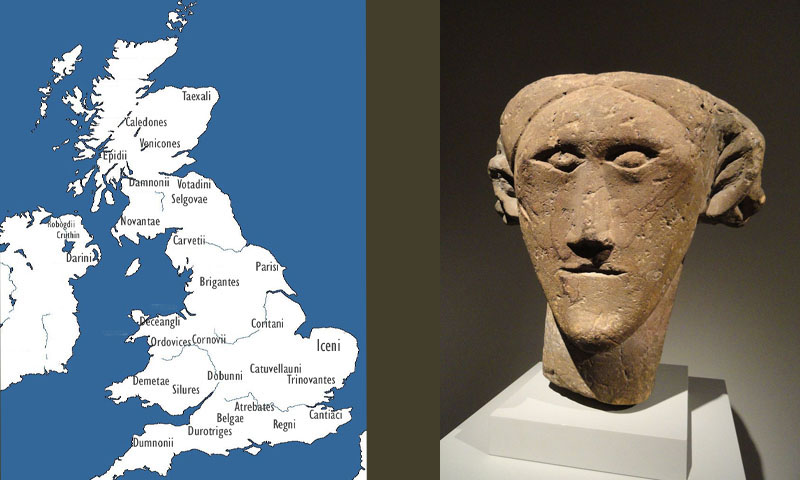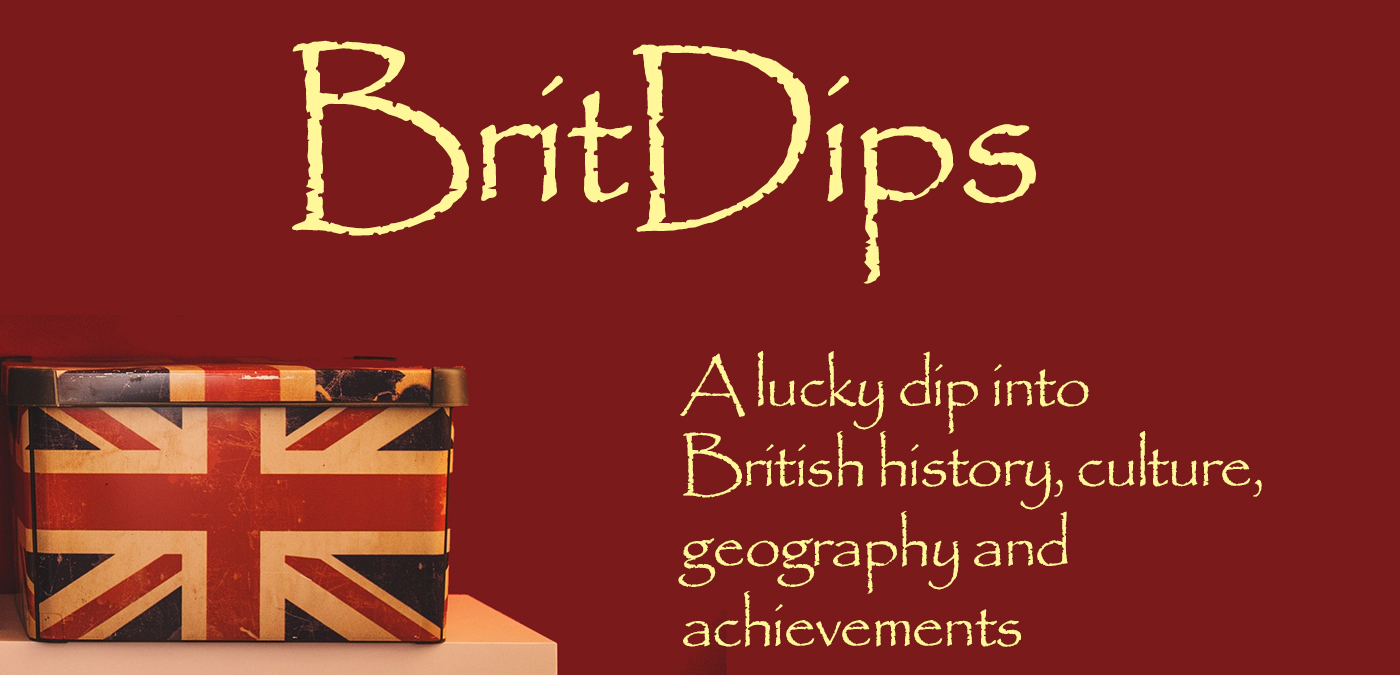
Tribes of pre-Roman Britain
Our knowledge of the tribes of pre-Roman Britain comes from archaeological finds and scholars of the Roman Empire. Recorded tribal names were either Latinised versions of the spoken dialect or attributed from observation of lifestyle, e.g. Carvetii means ‘the deer-men’. A few dozen distinct tribes remained by the time of the Roman arrival, but there had been many more ~ some 2,000 Iron Age hillforts have been discovered, indicating numerous communities, but conquests and mergers gradually established larger confederations, with some tribes, such as the Brigantes, covering extensive areas.
Subsistence farming, herding, hunting, appeasement of gods, war dances, chariots and Druidic priests seem to have been common, but there was no written or standard language. Southern tribes conducted trade across the Channel but banded together to ward off the first Roman military approach. Queen Boudica‘s Iceni tribe was initially particularly successful in raising a rebellion.
Some tribes, like the Dobunni, peacefully accepted Roman rule, while others, such as the Silures, fought on for years. The Scottish tribes, including the Caledones and Venicones, put up the most resistance to the Romans and were never subdued. Tribes such as the Catuvellauni, with their allies the Cantiaci and the Trinovantes, were pro-Roman and profited.
(Images LtoR: tribal map by Ulysses1975 at Wikimedia Commons / CC BY-SA 3.0, head by Daderot at Wikimedia Commons / Public domain)
